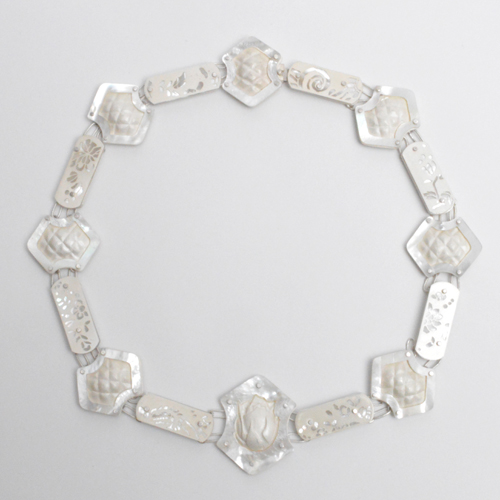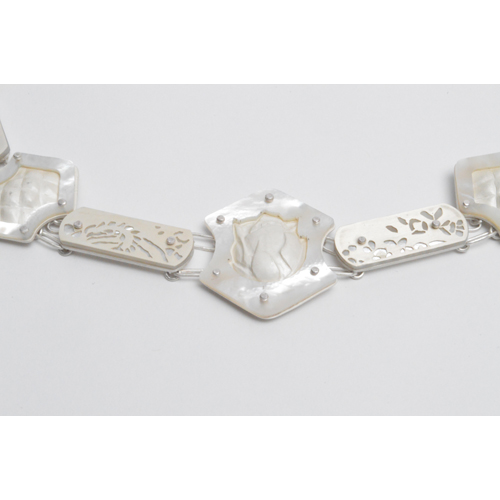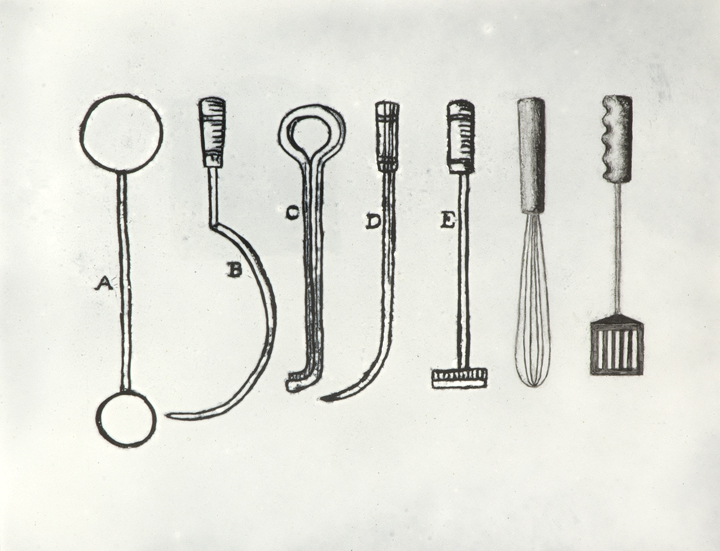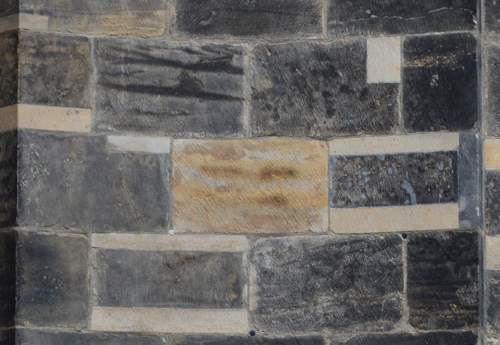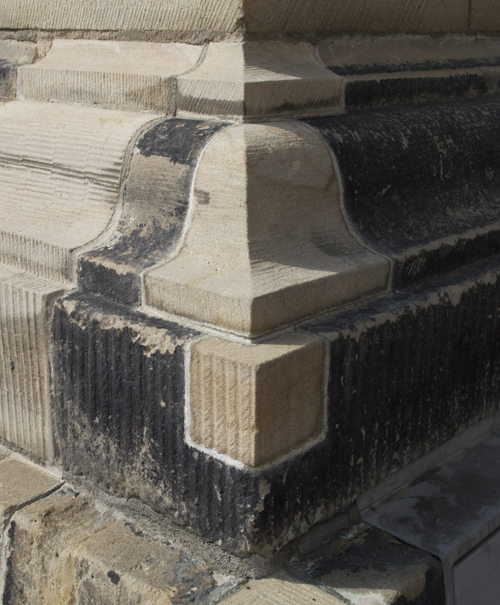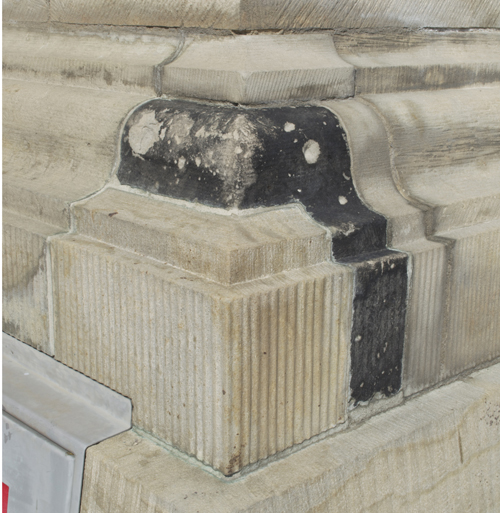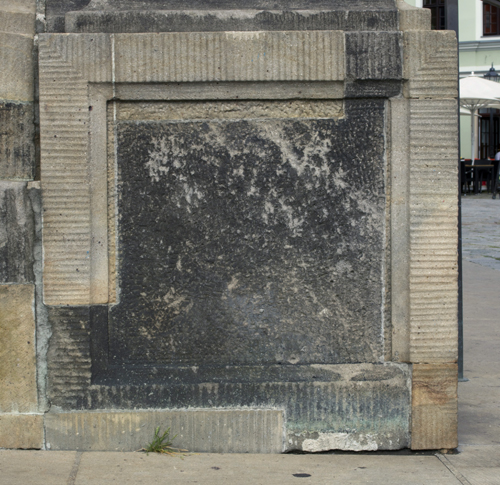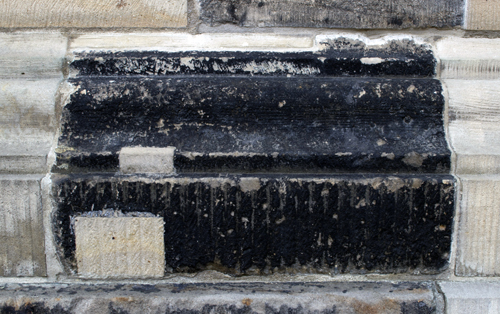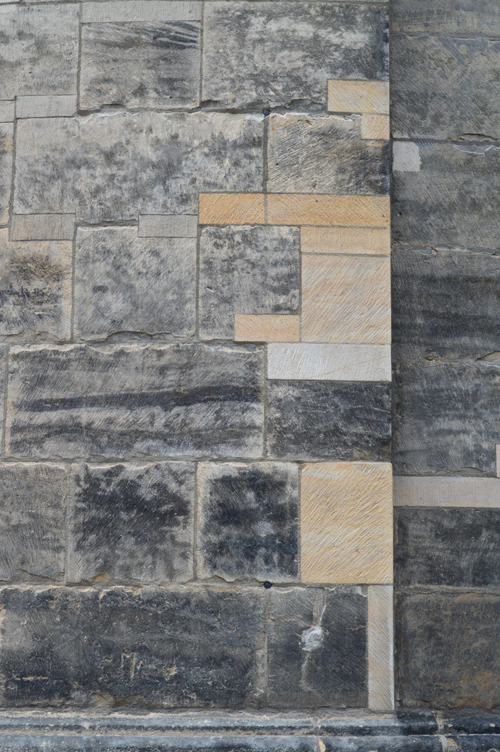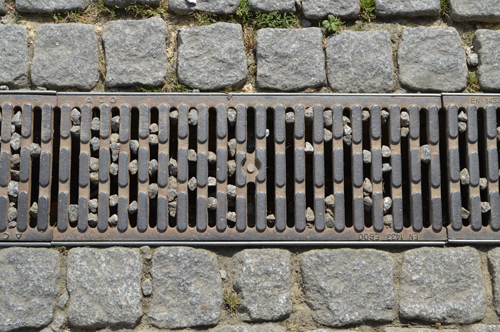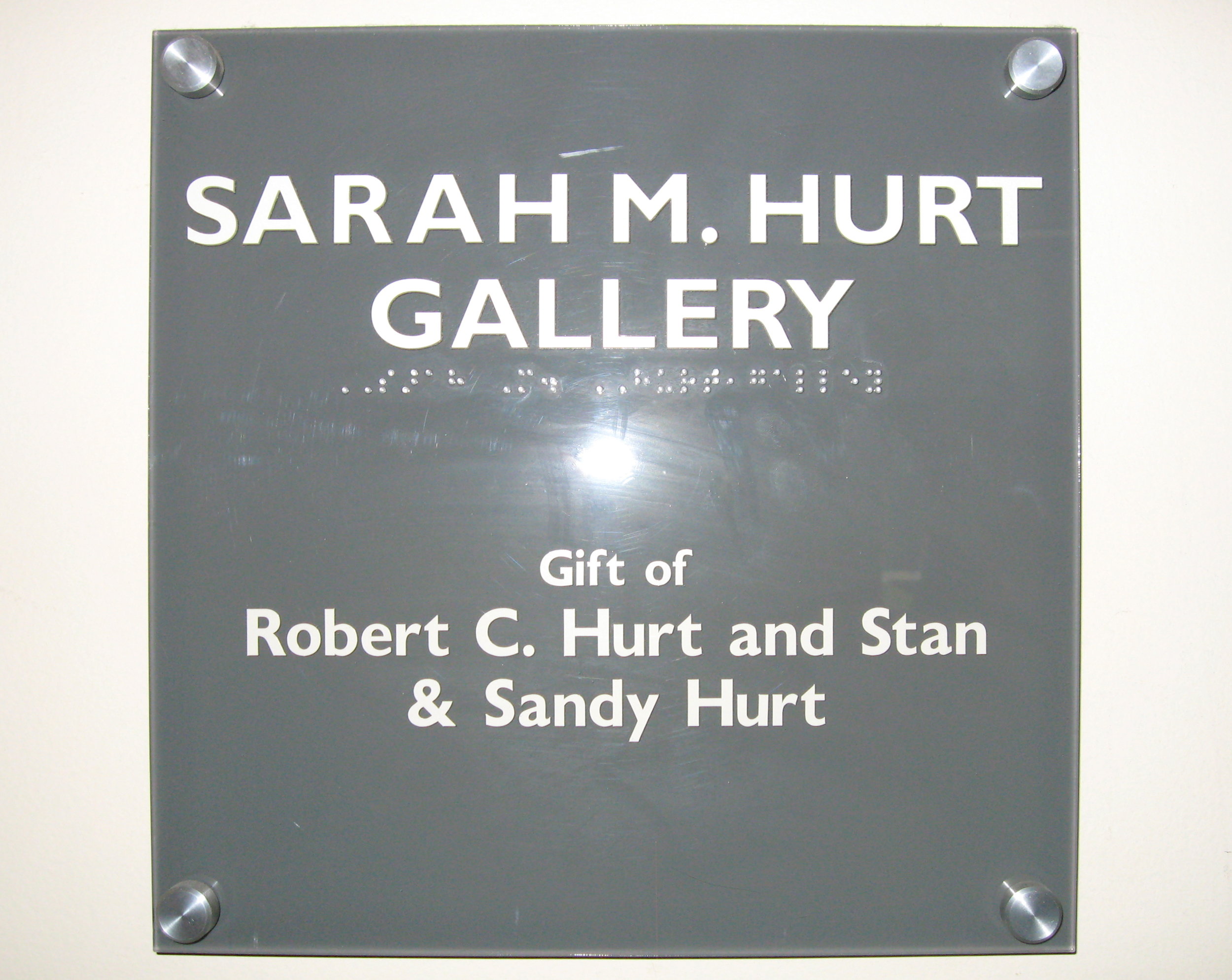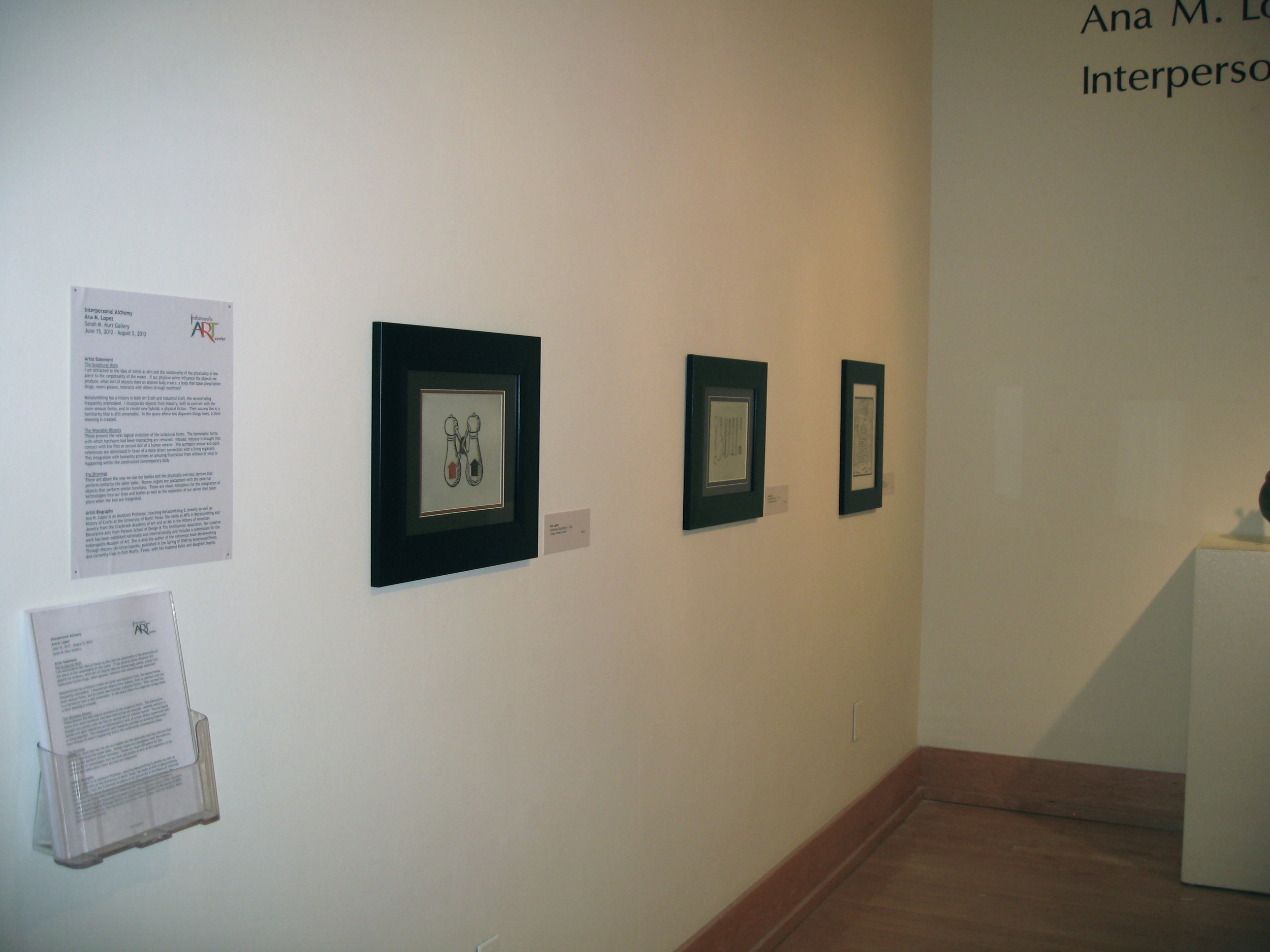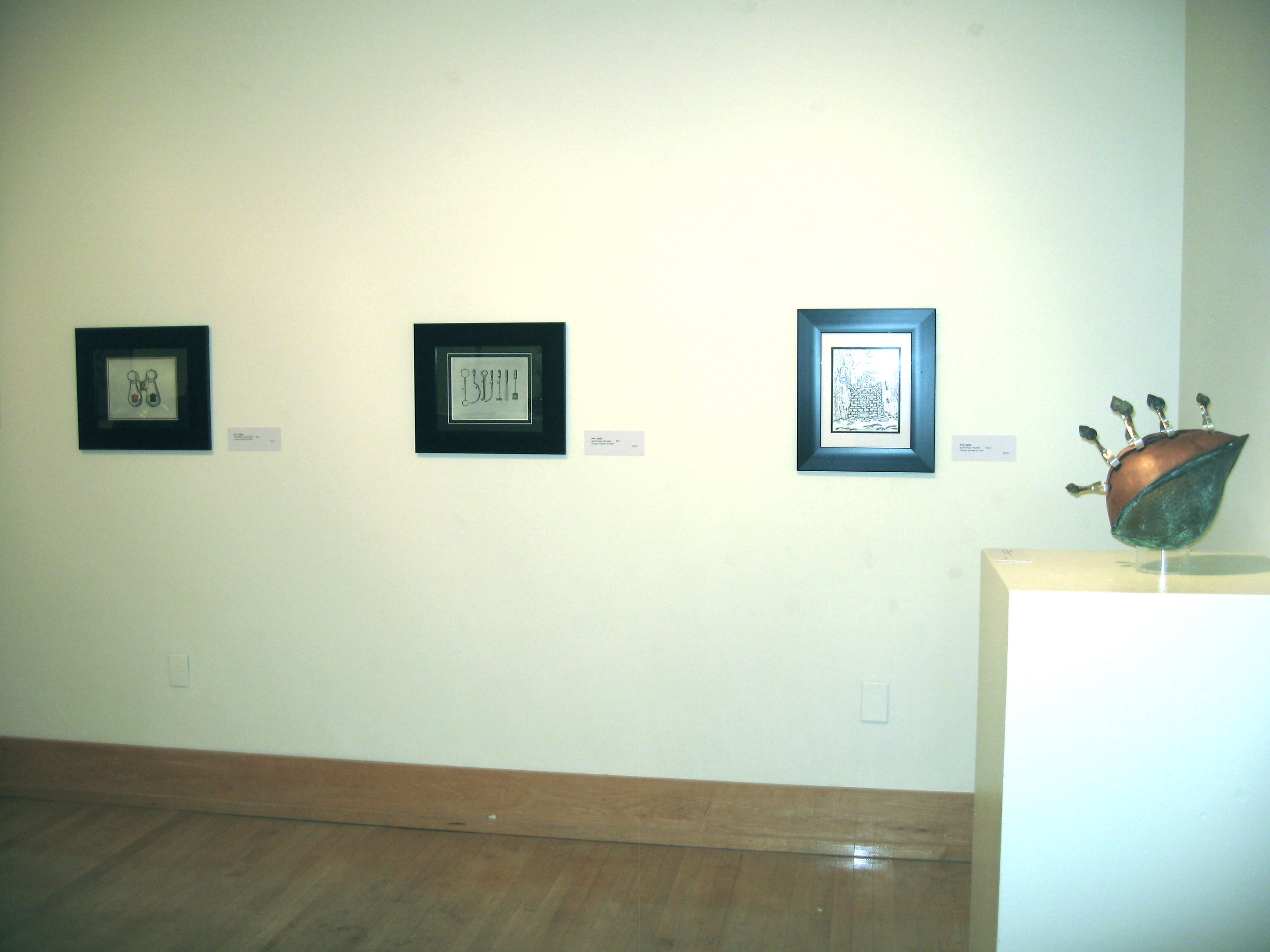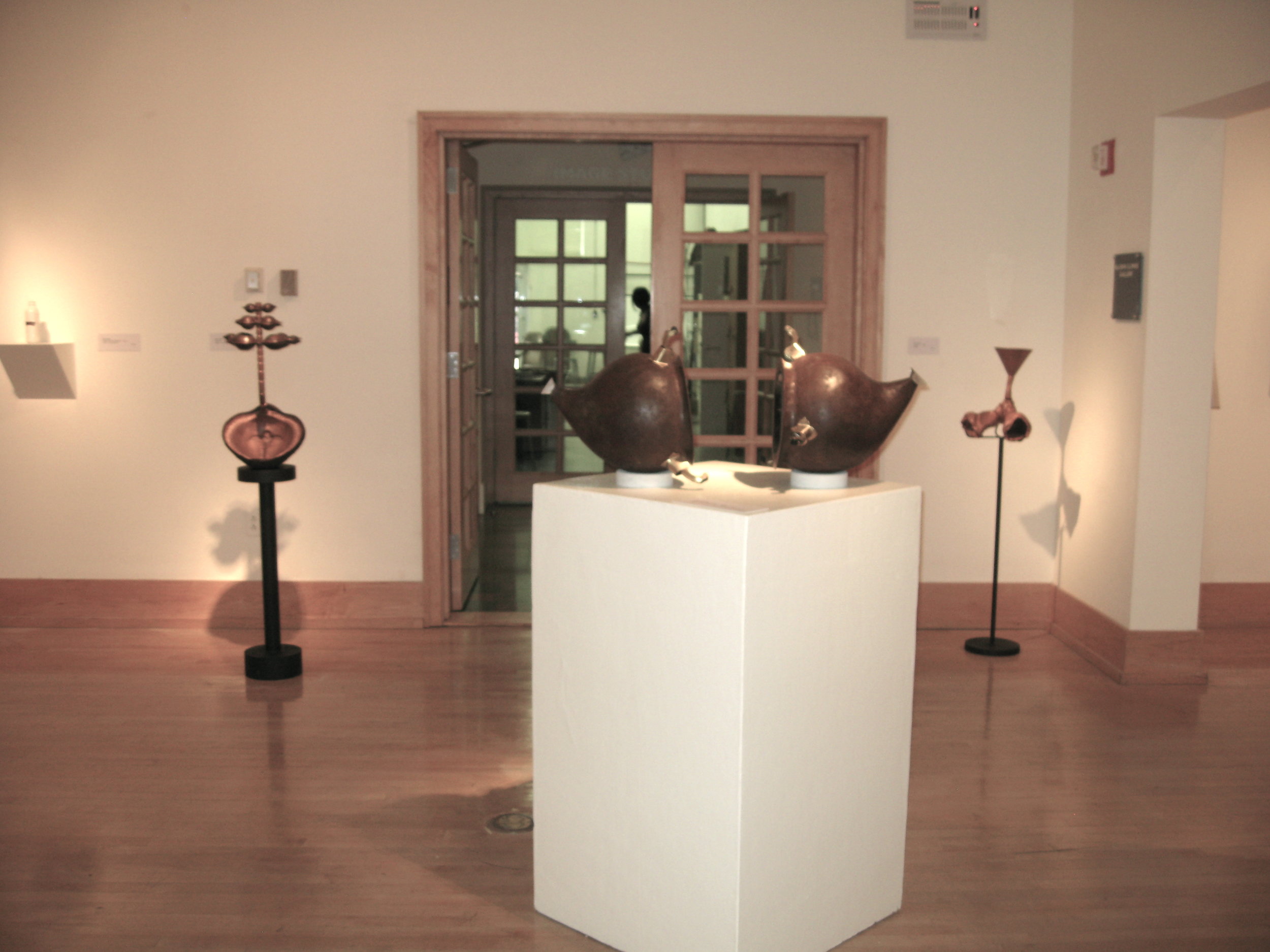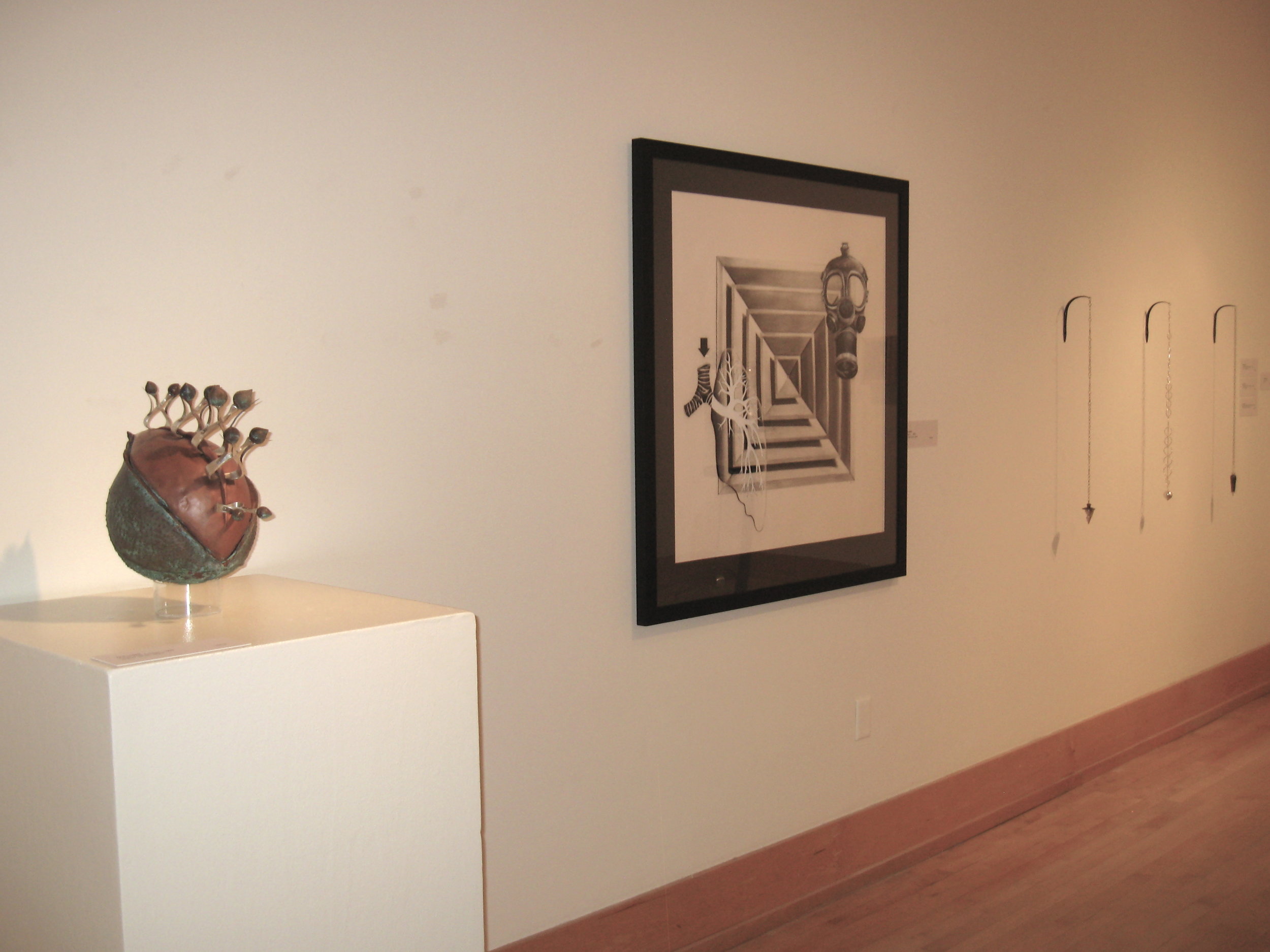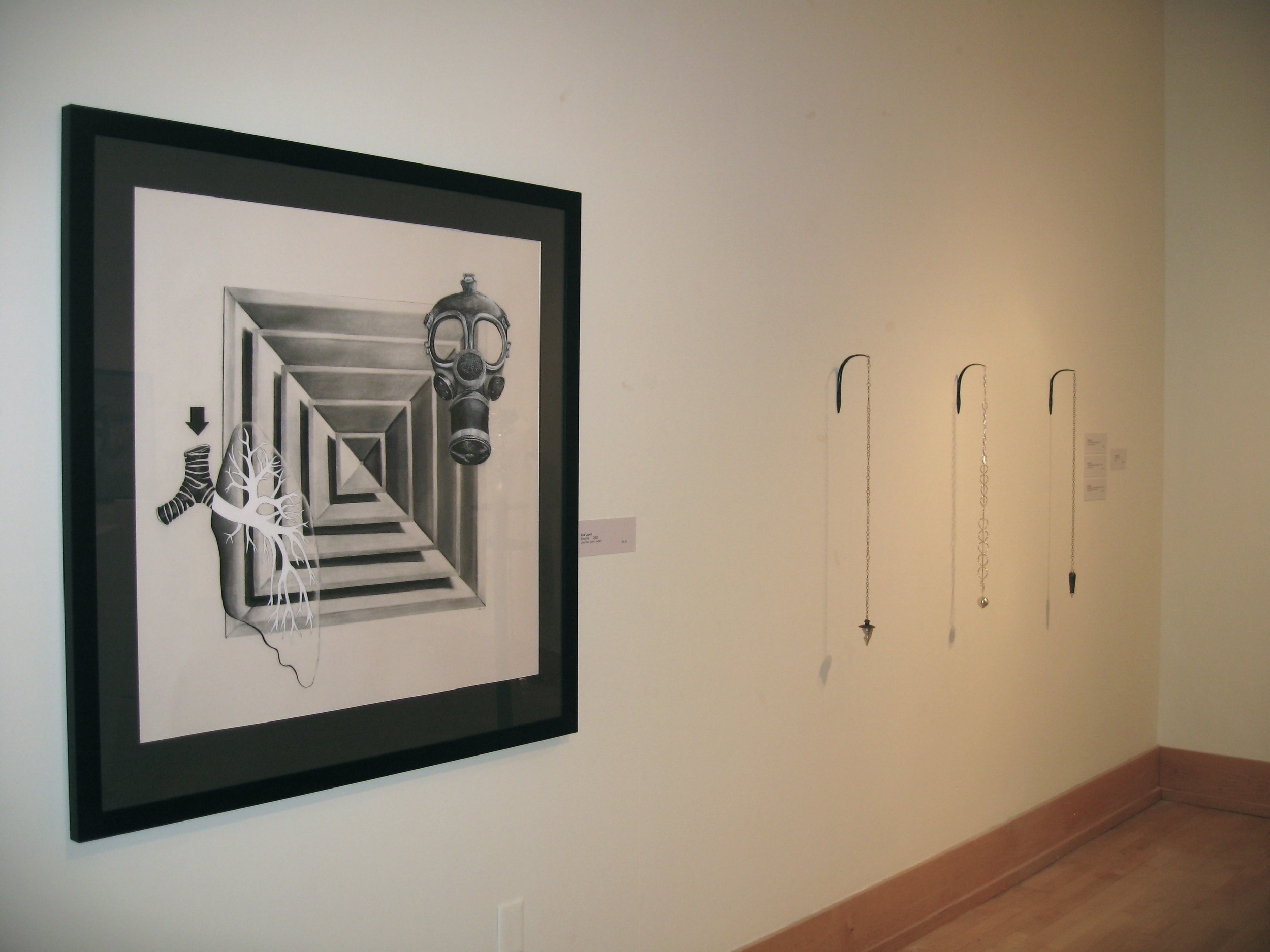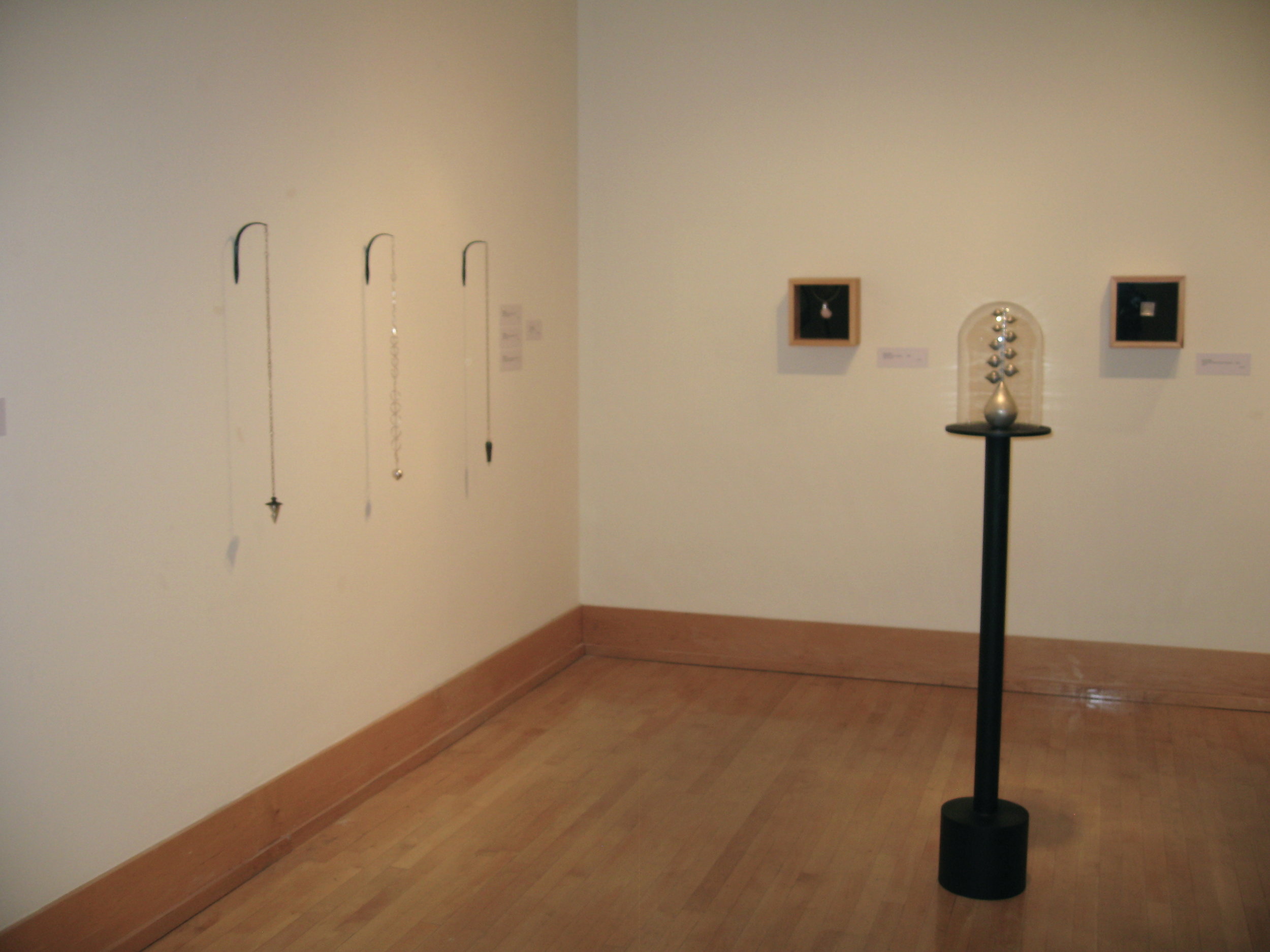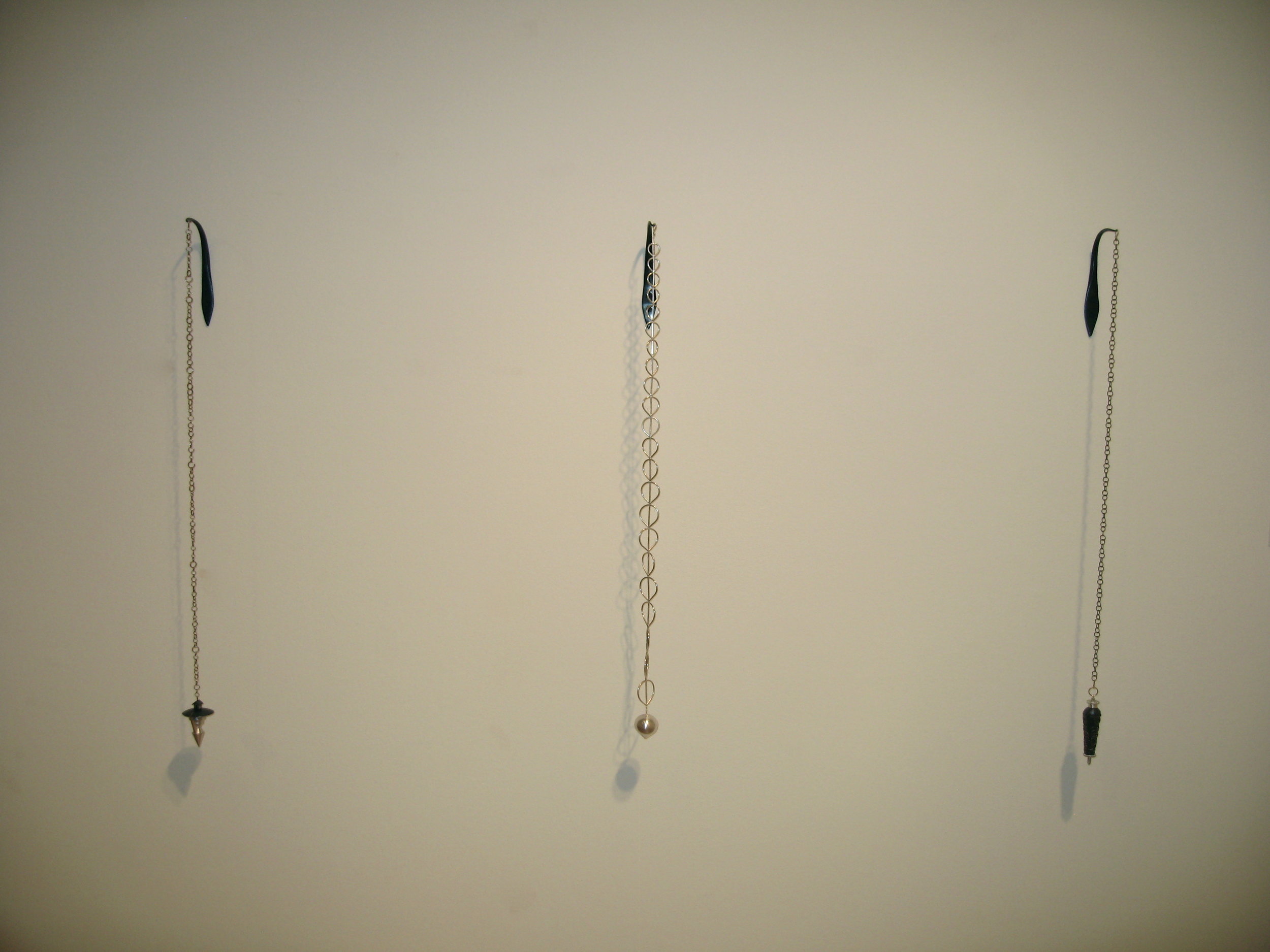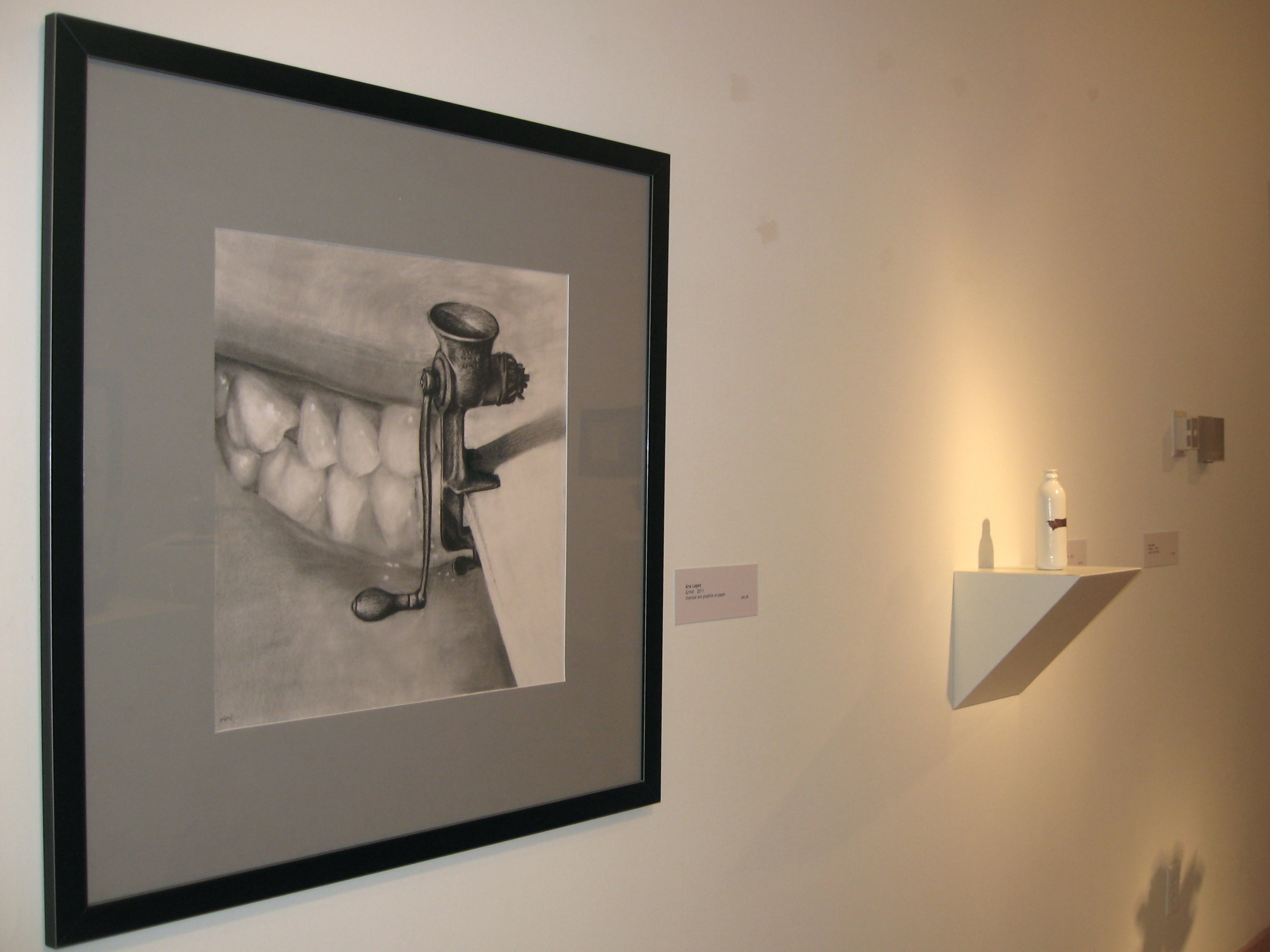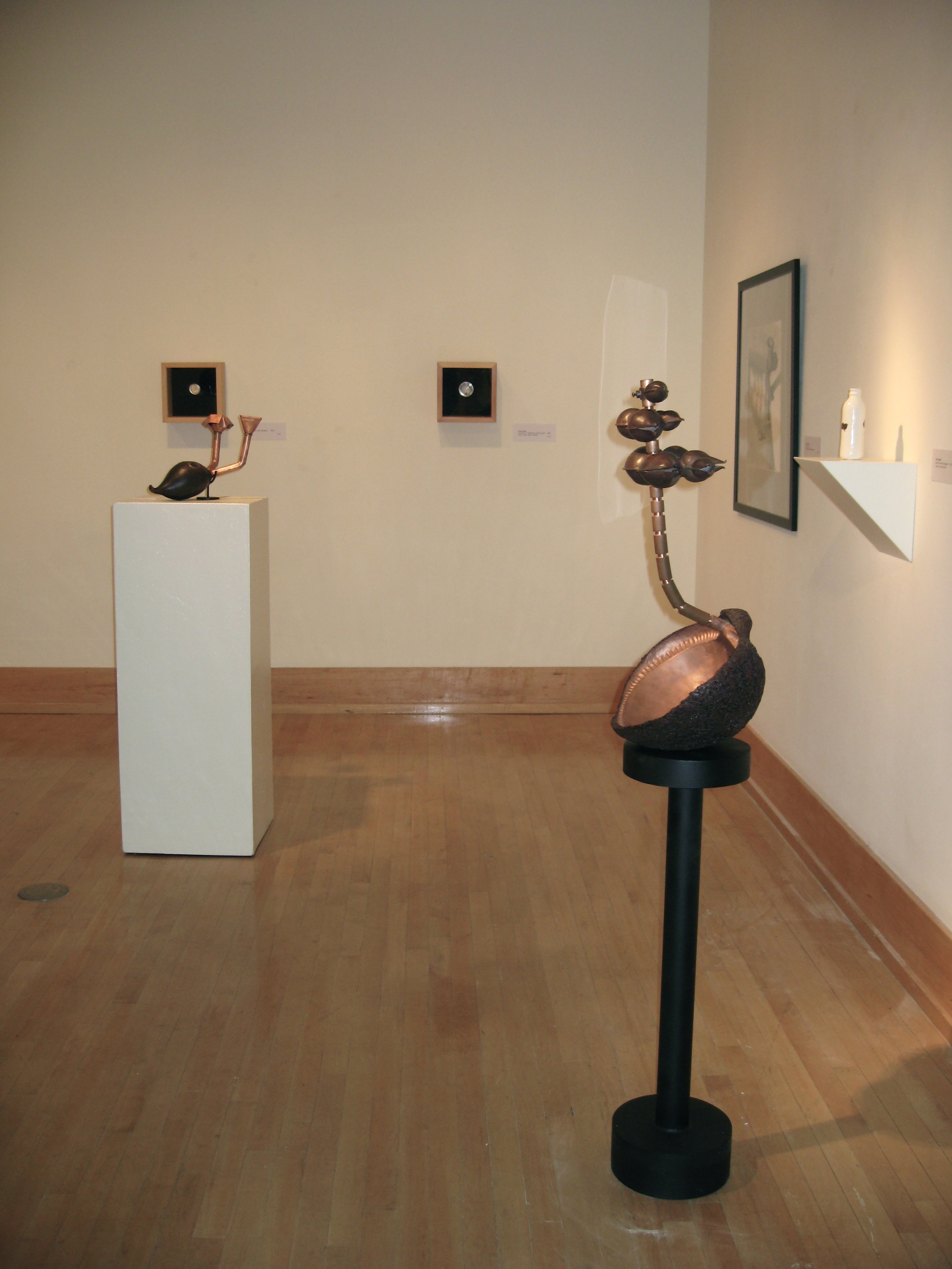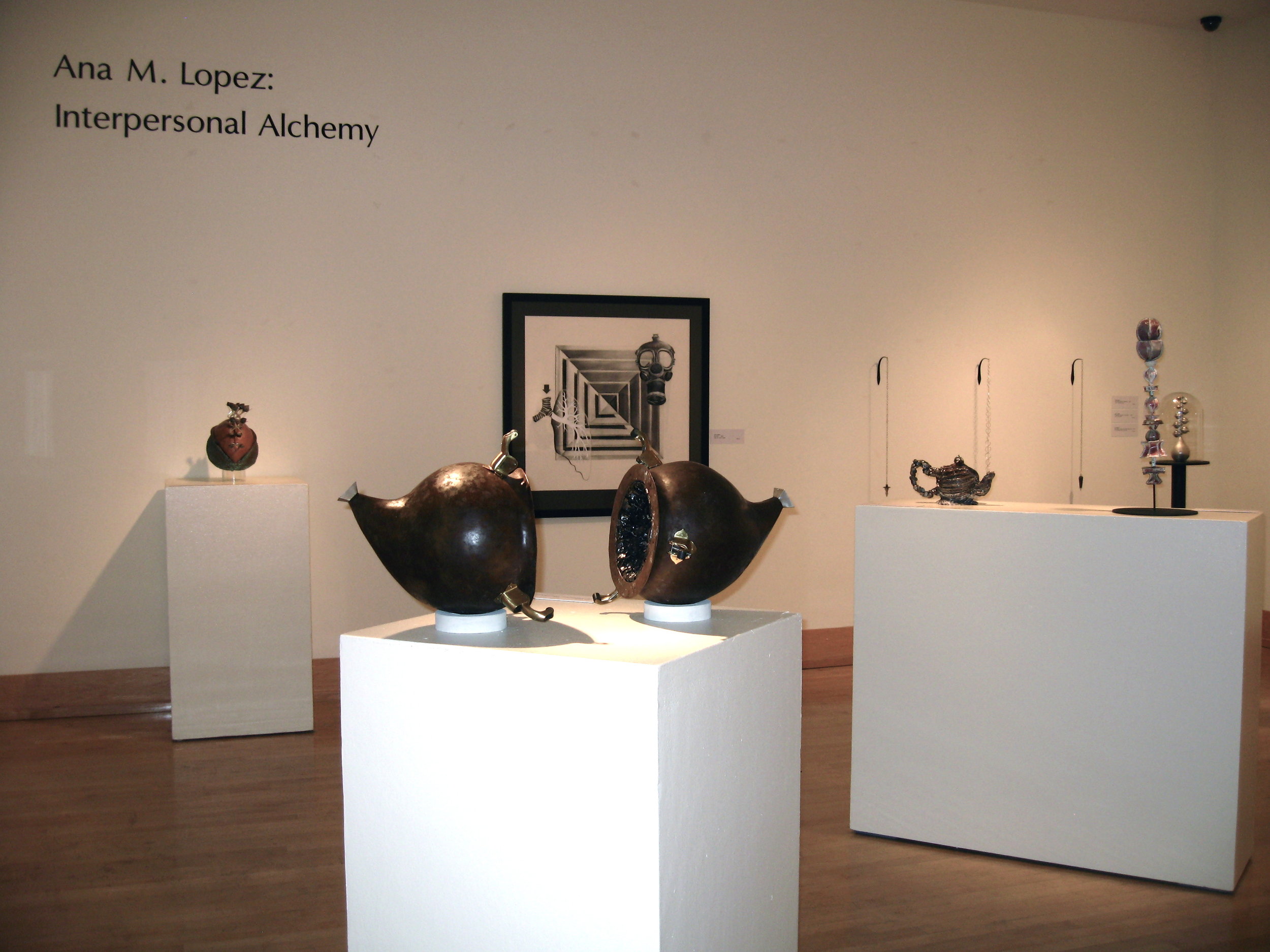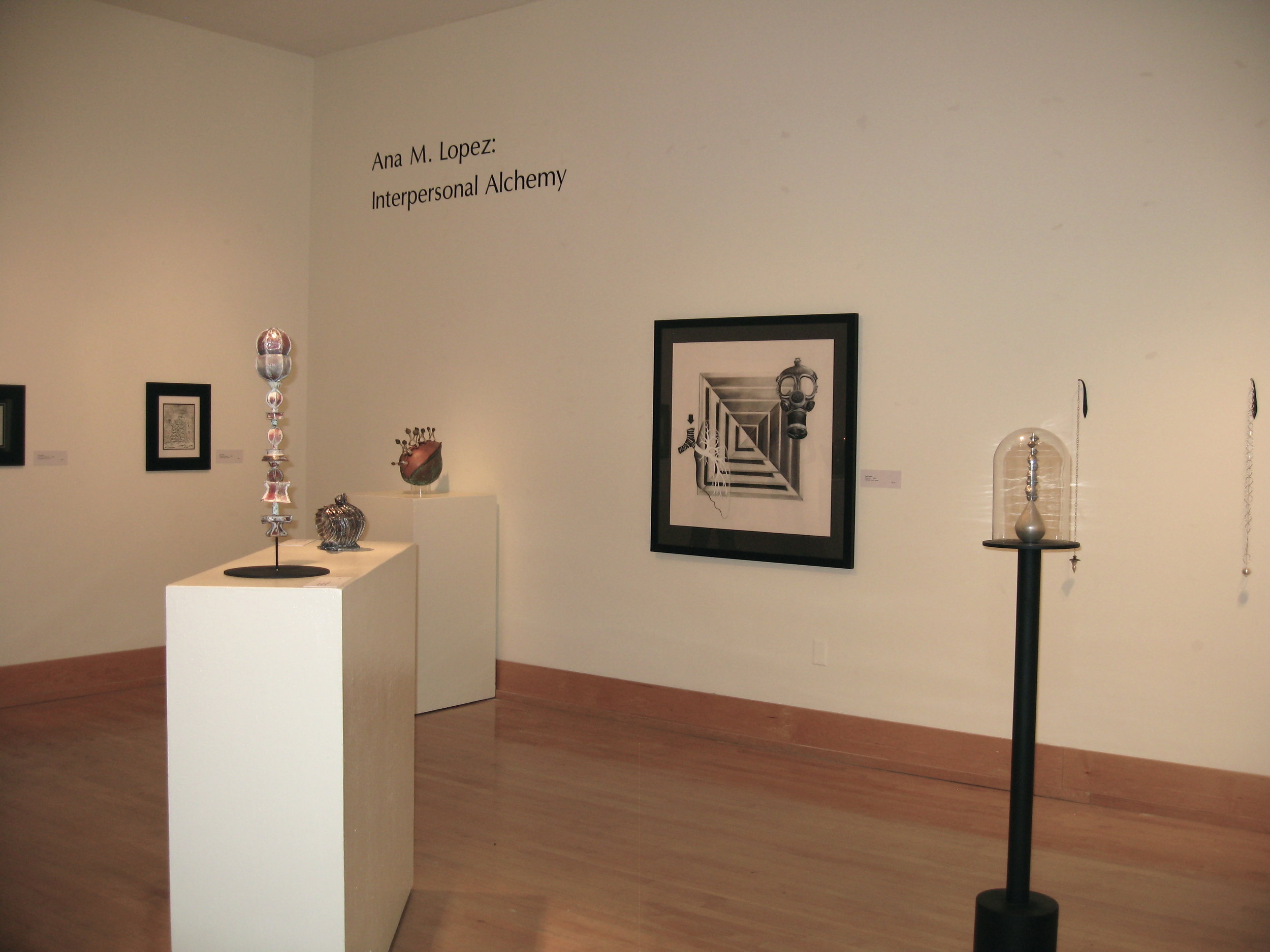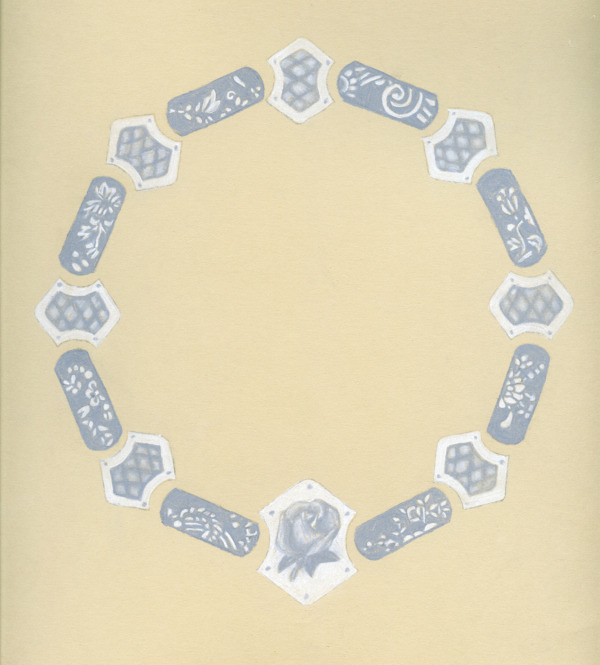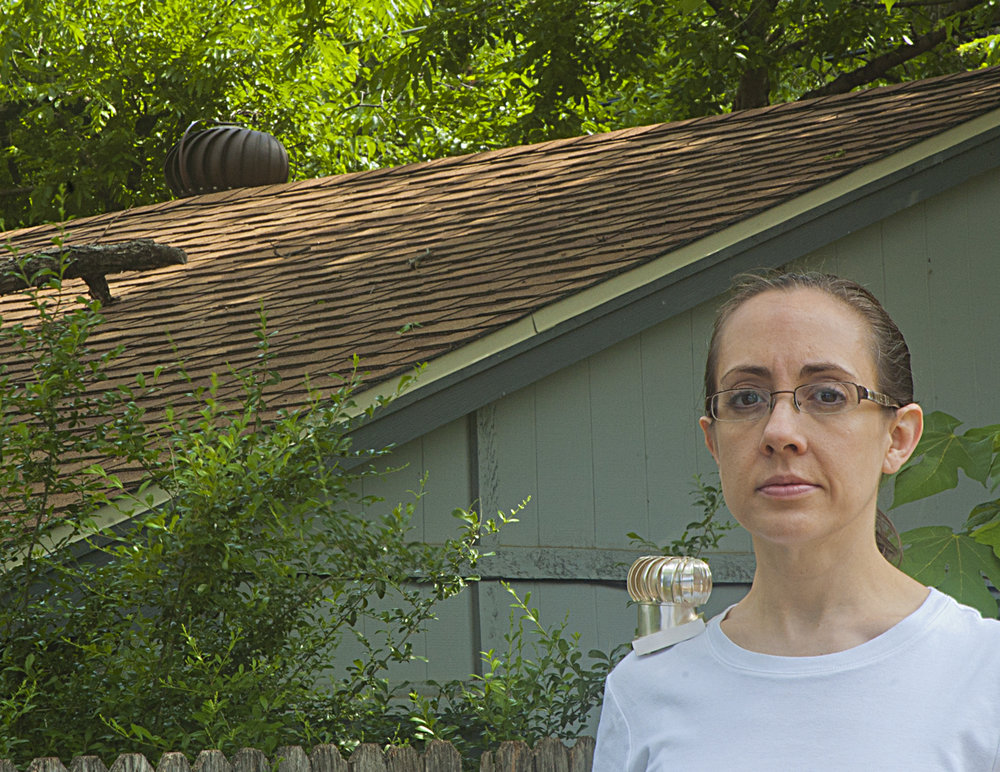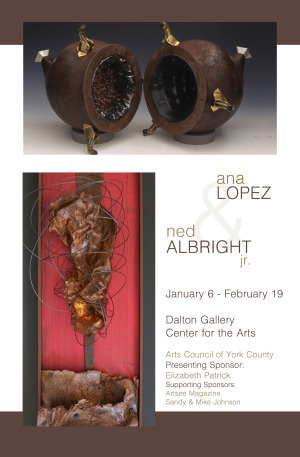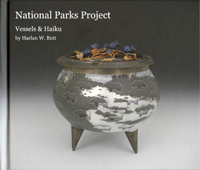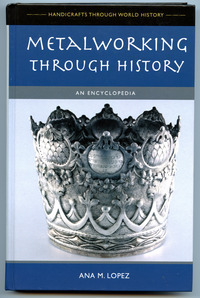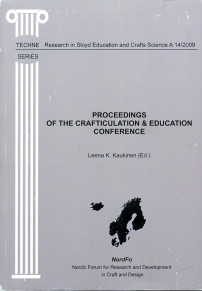I proposed this series of objects based on past experiences of having developed relationships with new cities through travel. Supposing this would happen again in each new city, I was a little unsure of how long it would take to find a personal representation of place; a signifier of the city that was more individualistically based than the famous masterpieces and landmarks. In my first city, Paris, I did indeed wonder on the first day how one person could possibly build a relationship with such a rich territory within the confines of a week and worried that the basis of my inquiry was on a flawed schedule. But in the third day, exhausted form walking, armed with an inadequate map and wandering the lesser known streets of this metropolis, I finally wended my way back to a familiar landmark: a series of contiguous arches housing retail spaces. This series of archways was, I knew, two blocks from my hotel. Once I saw them I knew my feet were minutes from relief. As my navigation improved, it was the sight of this viaduct each day that told me that I was close to refuge - the temporary home that all travelers create for themselves in the short term space of a hotel stay. This would represent my personal experience of Paris.
Later in the week I explored my immediate vicinity more, having already conquered some of the greater entombments of art history. In doing so I realized that the viaduct is even more appropriate as a representative object for this project because it has been styled as the Viaduct of the Arts. What I had not initially realized was that most of the retail spaces there were devoted to various forms of design and artisanry. An old elevated train line to Vincennes was repurposed in the eighties to form a public park on the top and retail arcades below. The businesses that occupy the arched spaces include painters of porcelain, restorers of textiles musical instruments and furniture, interior and furniture designers and more. The more often I passed this the more I noticed evidence of creative acts, such as a glass kiln still glowing at its door’s edges in the early morning.
Once the reference point was chosen the next question arose: how to graft it upon a human form? The key consideration in this instance was its linear nature. Although the idea of a tiara was initially very appealing, I decided that imposing a curve on this series of vaults took it too far from its original state. After all, I was already planning on shrinking it and rendering it in silver. The solution I came up with was suggested by the form itself. Although the Viaduct of the Arts has some fifty store fronts, the section that I passed regularly, punctuated by a road on each end, has only twenty-eight. Every seventh archway is followed by an additional vertical architectural element. I therefore plan to make a square necklace, hinged beneath these three already-occurring breaks with ends that meet as a clasp. When the necklace is not worn it may be displayed in a linear format, as in reality. While documenting the street view, I also noticed that the western end of the viaduct is slightly higher than the eastern end, undoubtedly as an adaptation to the underlying geographies involved. This means that the two ends that meet at the clasp will be of unequal heights. I am very much looking forward to getting into my studio to make this a physical reality.
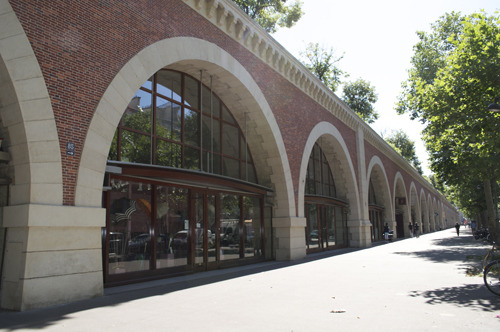
Also, as I traveled within the city I saw several elements of the urban landscape that caught my eye and that I thought were suggestive of jewelry. I have decided to make a few supplemental pieces of jewelry from these little details. I do not consider them to be at the center of the You Are (the) Here project, but ancillary points of personal interest. After all, who would not want to wear one of the little triangular vents I found at the back of the columns in the Grand Trianon?
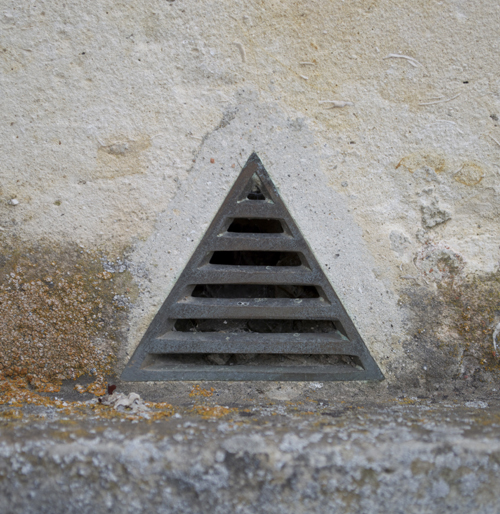
or a nice subway vent?
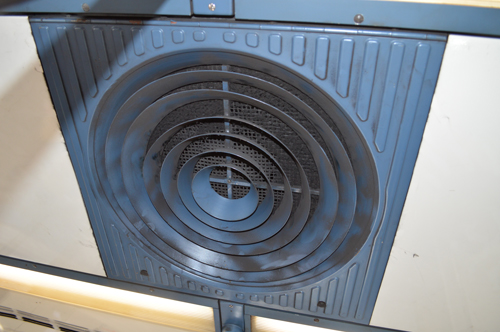
And don't these look like they want to be earrings to you?

Next stop, Vienna!

